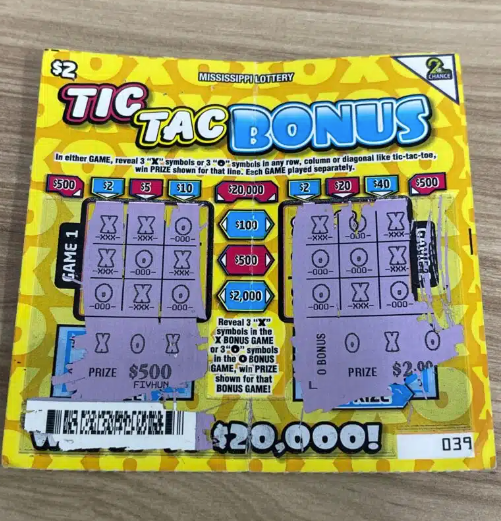Does your favorite restaurant pass food safety tests?
Published 12:40 am Sunday, August 12, 2012
Detailed reports in Louisiana
Louisiana establishments are inspected on a risk category basis, with inspections performed one to four times per year depending on the type of operation. A concession stand or gas station with mainly pre-packaged food isn’t inspected as often as a full-service restaurant.
Establishments are assigned to one of four types of inspections: routine, re-inspection, pre-opening or complaint.
Louisiana inspectors don’t announce their visits to establishments, unless a time frame for compliance is given and a re-inspection is necessary or for a pre-opening inspection.
Once an inspector arrives at the establishment, they begin touring the restaurant with the owner or manager looking for violations, said Tenney Sibley, Louisiana Department of Health and Hospital Chief Sanitarian.
Potential violations fall into critical and non-critical violations.
Critical violations, if left uncorrected, are more likely to directly contribute to food contamination or illness. Those eight critical violations include food — condition, source, labeling, time/temperature — cross contamination and toxic chemicals.
Non-critical violations are not directly related to the cause of food borne illness, but if left uncorrected, could become critical. Those nine violations include food protection, utensils and garbage among others.
“All of the violations, comments and specific codes are listed and printed out to the owners of the establishment so they know what violation of code they are in,” Sibley said. “Once the inspections are completed there is a seven day delay in case we have to go back to do a re-inspection before they are uploaded to our website.”
Critical violations that an inspector spots during any inspection should be fixed immediately, but non-critical violations can be fixed before a follow-up inspection, Sibley said.
“If there’s a critical violation, the inspectors try to get the people to fix it while we’re there,” Sibley said. “If it’s something that’s not correctable immediately, we’ll work with them to come up with a reasonable and acceptable time frame to check up on it again.”
Since Louisiana establishments are not required to post or display the inspection reports, Sibley said patrons are encouraged to visit the department’s website to find the inspection results.
“We used to have them post the violations, and we’re not necessarily opposed to that, but we felt that the electronic system was very progressive,” Sibley said. “We put the reports out there and there’s no question or interpretation of whether it’s a good or bad report.”
“If you’re using the letter grade system, how does (the customer) know what that A means or what the criteria is for the A or B grade?” Sibley said. “This provides a better management tool for that establishment to change behavior or use as their own checklist, and we’re putting the information out there for the residents to see.”
And Nikki’s Restaurant owner Nikki Gillespie said she uses the inspection result as a way to continually improve her Vidalia restaurant.
“I don’t try to cheat the system or say it’s not a big deal, because I’m not going to serve something to my customers that I wouldn’t eat myself,” she said.
“And most of the things they check for are just common sense that I’d make sure were done anyway.”
And Gillespie’s hard work has paid off, with Nikki’s Restaurant receiving only one critical violation for not holding hot foods at a high enough temperature, that was corrected before the report was posted, and three non-critical violations for utensil storage and maintenance equipment storage during its most recent inspection in June.
“We keep everything maintained and clean all the time, but most of the stuff they look for is just real petty or picky stuff,” Gillespie said. “Sometimes they’ll hunt stuff down to write you up on if they can’t find anything.”
But overall, Gillespie said she agrees with the Louisiana department’s policies and inspection processes except one.
“The last few times the inspector has come right in the middle of lunch rush,” Gillespie said. “I know they shouldn’t give you notice of when they’re coming, but I don’t have time to stop and talk when I’m trying to wait on customers in the middle of our lunch rush.
“The whole process is actually pretty easy, but I just wish they could come before or after lunch.”
For more information on Louisiana inspections or to see the results of your favorite restaurants, visit www.inspections.eatsafe.la.gov.


